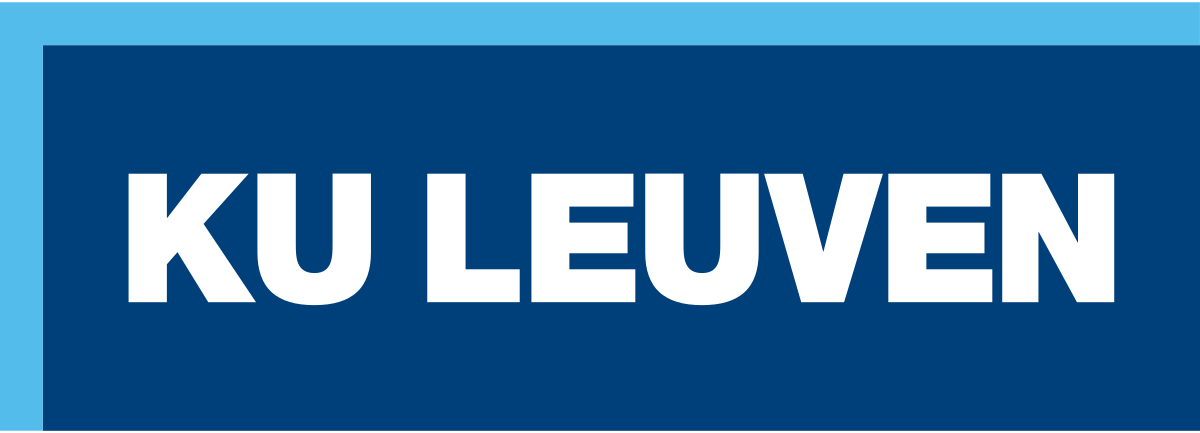KU Leuven maintains 75% more water
Due to climate change, good water management is more important than ever. Especially in flood-prone areas such as the Arenberg III campus in Heverlee. That is why KU Leuven has installed an innovative, smart pump installation that monitors the water on the campus and only pumps it away when there is a risk of flooding. As a result, 75% extra water will be retained in the groundwater annually, which will also benefit the fauna and flora in the area.
Because the KU Leuven campus Arenberg III in Celestijnenlaan in Heverlee was built in a flood-prone area of the Dijle, a strict water policy is necessary to prevent the campus from being flooded during heavy rainfall. The rainwater has been running off for about 20 years to a buffer basin in the adjacent nature reserve. From there, the water was continuously sent to the Dyle via large pumps. In this way, buffer capacity remained available to cope with upcoming heavy showers.
This reduced the risk of flooding, but this system ensured that hundreds of million liters of water were pumped from the campus to the Dyle every year. This has to change in times of increasing drought. That is why Professor Patrick Willems’ team, together with the technical services of KU Leuven, the Sumaqua bureau, the province of Flemish Brabant and the city of Leuven, drew up a new water plan that is now going into effect. The development and application of a smart control system for
the water is one of the spearheads of the plan.
“We know where every drop of rainwater that falls on Campus Arenberg III goes: from storage in rainwater cisterns and on flat roofs, to drainage to the buffer basin in the nature reserve,” says hydrologist Patrick Willems. “We were therefore able to map out perfectly how much rainwater was discharged to the Dijle each year and how we can optimize this system.”
Smart control system for more sustainable water management
To improve water management, KU Leuven implemented the new Sirio Control smart system from the company Sumaqua . The system continuously monitors the water level in the buffer basin and optimizes the pump operation 24/7 in function of the weather forecasts.
Only when heavy rain is predicted and floods threaten do the pumps come on to release storage capacity. “In this way we can retain much more water and at the same time avoid flooding,” explains Dr. Vincent Wolfs of Sumaqua. “This automatic system is the first operational in Flanders and we plan to expand it to other municipalities or institutions.”
Dry storage
Due to the higher water level in the buffer basin, the groundwater level in the region of the campus and the nature reserve also remains more stable in drier periods. “Thanks to this new system we will be pumping away about 75% or hundreds of millions of liters less water. Every month, this involves a volume of approximately six Olympic swimming pools that we keep extra on site. All that water goes or stays in the ground and also benefits the fauna and flora in the vicinity of the campus,” concludes Willems.

